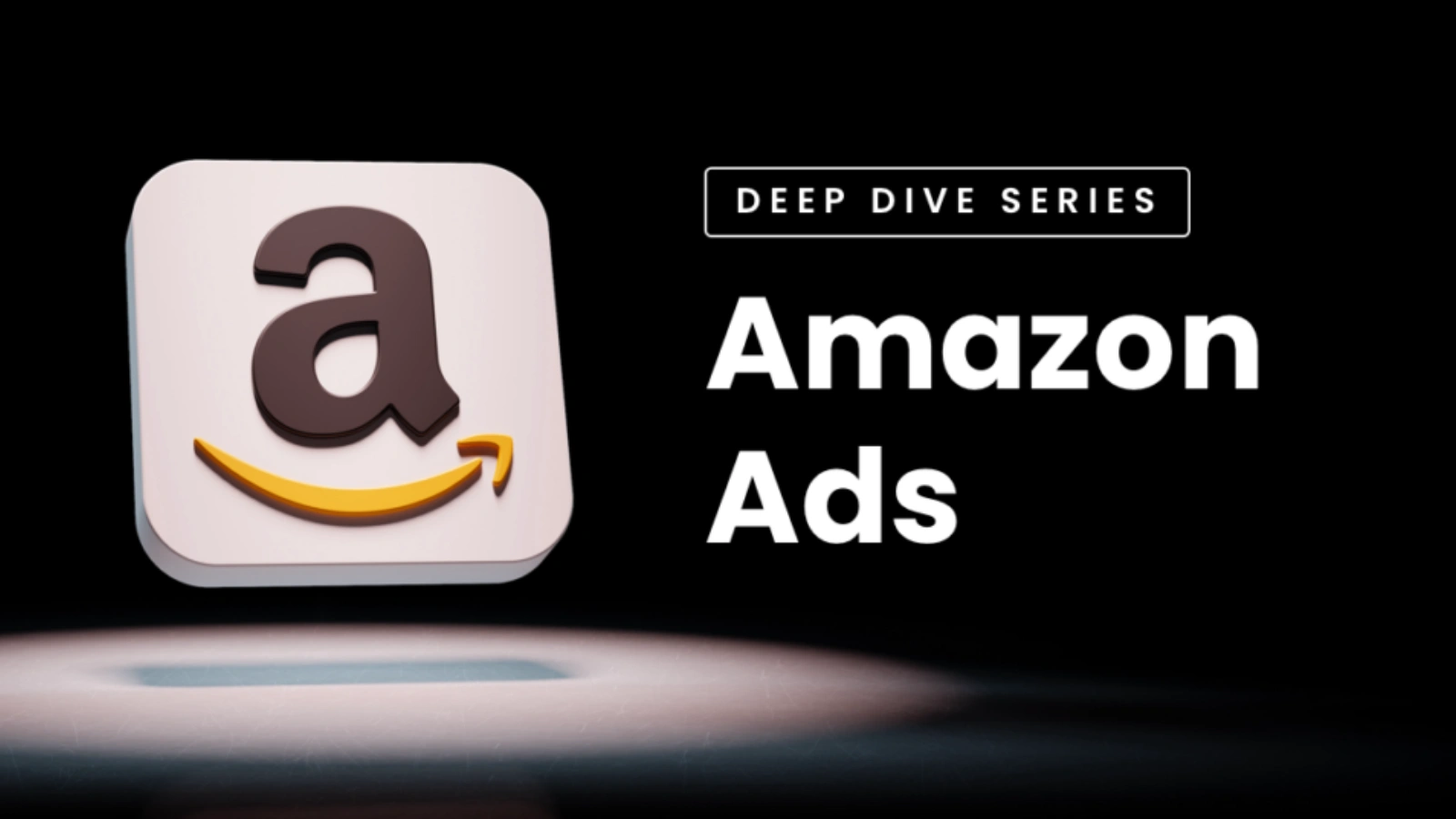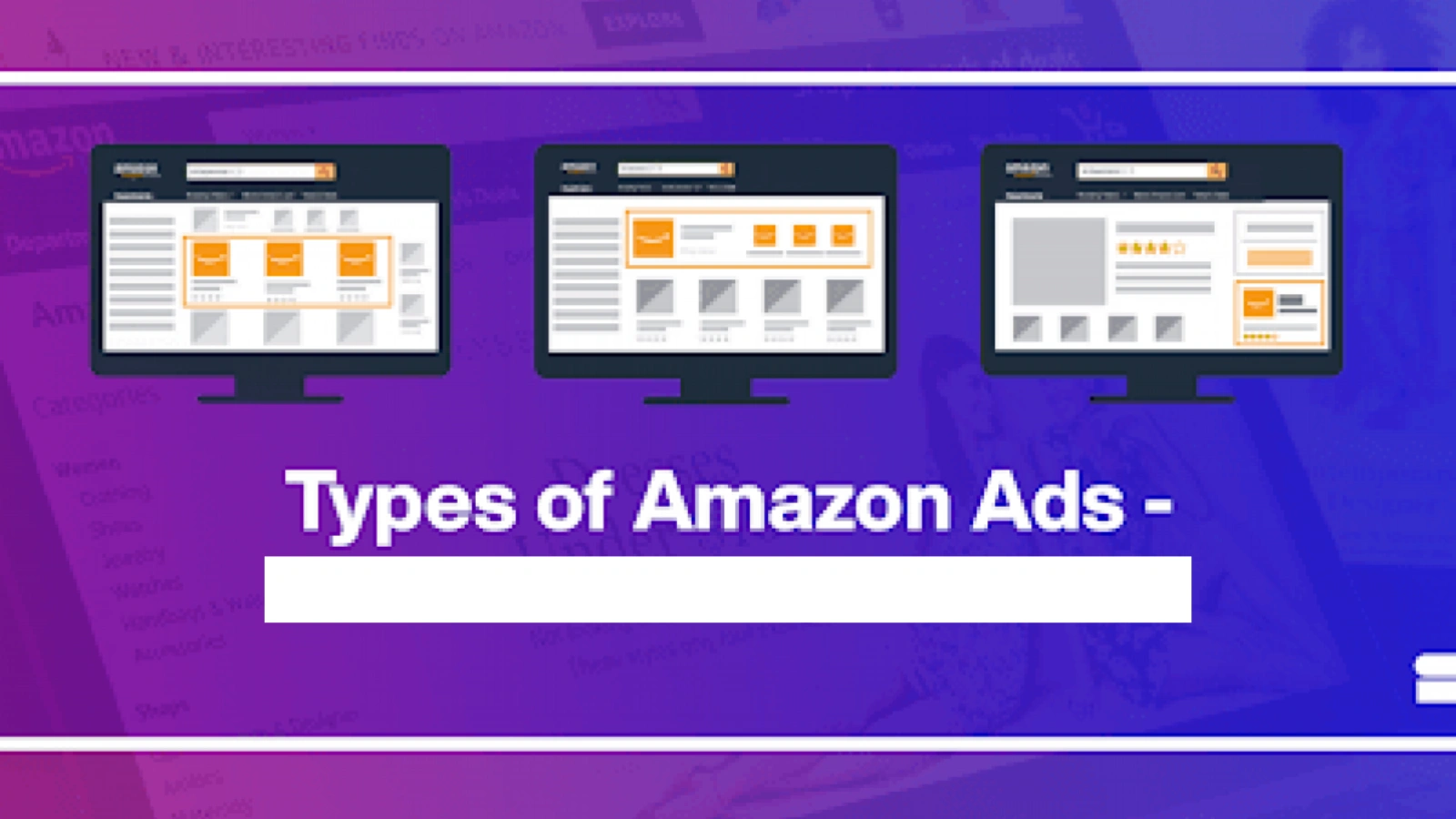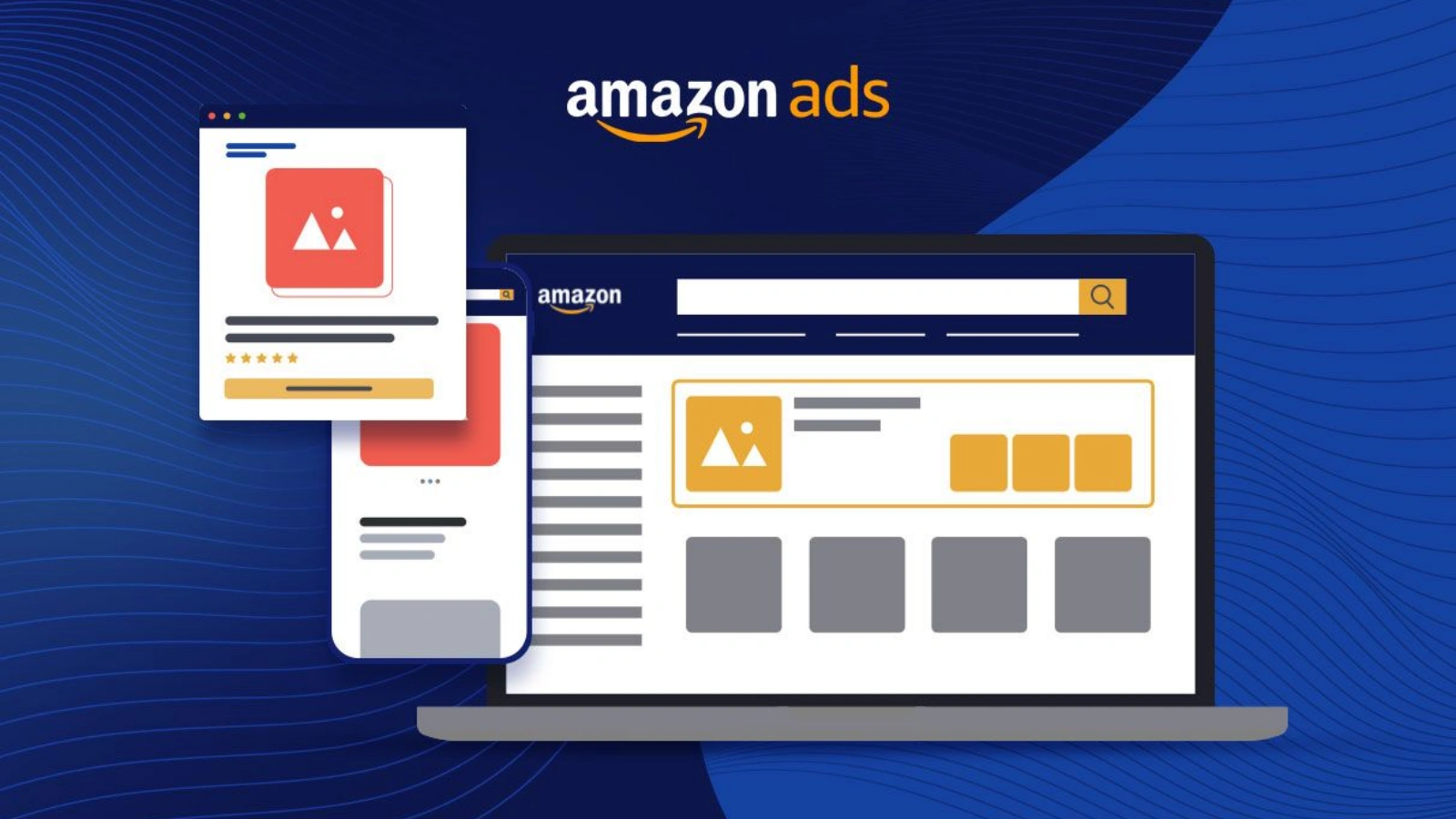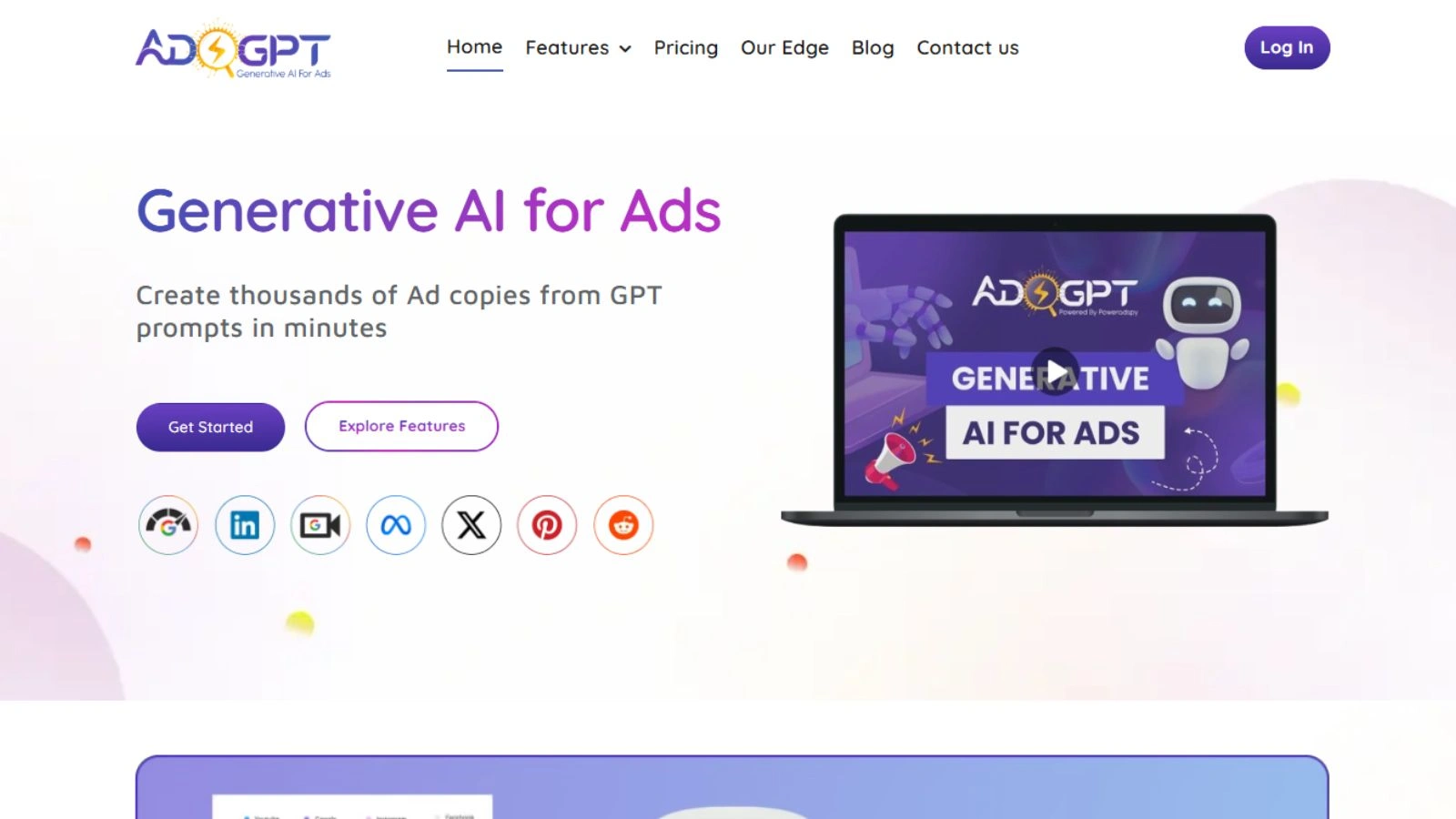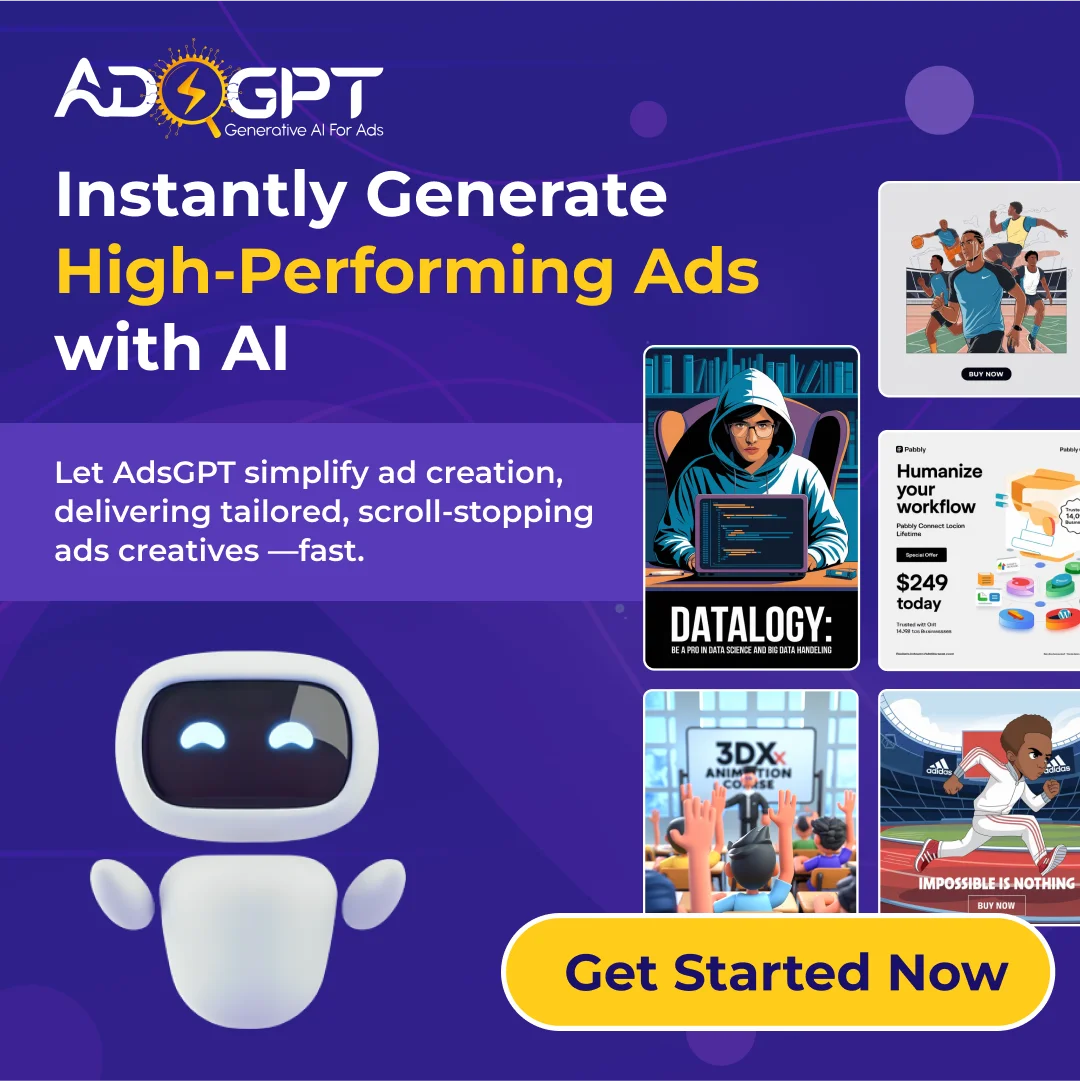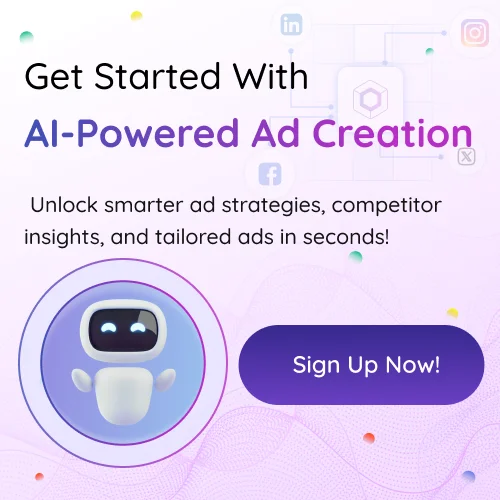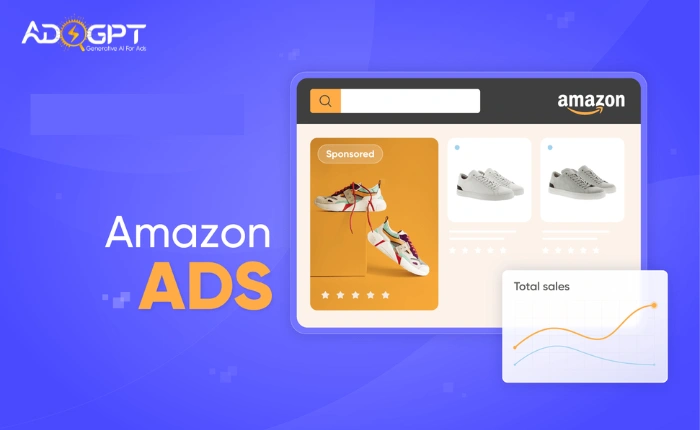
Amazon ads have become a game-changer for sellers looking to thrive on the world’s largest e-commerce marketplace. Amazon has grown into a dominant platform where showcasing products effectively requires more than just quality; it demands smart, targeted advertising. With millions of listings competing for attention, standing out takes strategy, precision, and performance-driven campaigns.
In this blog, we’ll explore how to create Amazon advertising with AI that genuinely drives results. Whether you’re new to advertising on Amazon or looking to refine your current strategy, this post covers everything you need to know.
Hit ‘Play’ Button & Tune Into The Blog!
What Are Amazon Ads?
Paid advertising on Amazon allows sellers to promote their products across the platform’s vast and competitive marketplace. These solutions are crafted to enhance product visibility, improve brand recognition, and ultimately drive more sales by reaching shoppers who are actively searching for similar items.
With millions of users browsing daily, it’s essential to use tools that help your products stand out. Leveraging amazon promotions can significantly increase your chances of winning shopper attention and outperforming competitors in search results.
What makes these ads especially powerful is their ability to target customers based on shopping behavior and purchase intent. This means you’re not just reaching more people—you’re reaching the right people. That’s what turns clicks into conversions and helps grow your business efficiently.
Also Read:
What Are The Different Types Of Amazon Ads?
To craft an effective campaign, you must understand the ad types that Amazon offers:
1. Sponsored Products:
These are cost-per-click (CPC) ads that appear in search results and on product pages. They’re perfect for driving visibility to a specific product. These ads are the backbone of most amazon advertising strategies because they convert well and offer high ROI.
2. Sponsored Brands:
These ads help promote your brand. They show up with a custom headline, brand logo, and a selection of products. Sponsored Brands are ideal for building brand recognition and showcasing a product line.
3. Sponsored Display:
These allow you to retarget shoppers across the Amazon network and even off-site. They’re great for reminding potential customers who have viewed your product but haven’t made a purchase.
Using all three together in a layered approach allows you to dominate the buyer journey.
How To Use AI To Create Amazon Ads?
In the age of automation, it’s smart to leverage AI Ads to streamline your marketing. If you’re wondering exactly how to use AI to create an Amazon advertising campaign, here’s what you need to know:
AI-powered platforms can now:
- Generate persuasive ad copy
- Identify winning keywords
- Analyze competitor strategies
- Optimize bids in real time
This not only saves hours of manual effort but also ensures that your ads stay relevant, high-converting, and in sync with customer intent.
For instance, many sellers are now adopting amazon ppc copywriting using AI, where the AI crafts the ad message based on product features, customer pain points, and what competitors are doing.
You can even discover the best AI tools to write amazon ad copy- solutions like AdsGPT can write, analyze, and auto-optimize your ads for better performance.
These tools drastically improve amazon advertising performance with AI copy, making your ads sharper, smarter, and more successful.
Also Read:
Step-By-Step Guide To Creating High-Impact Amazon Ads
Step 1: Define Your Campaign Goal:
The first step in creating effective Amazon ads is to clearly define your objective. Are you launching a new product, clearing out slow-moving inventory, targeting seasonal shoppers, or retargeting past visitors?
Your goal will guide your ad format, Sponsored Products, Brands, or Display, and shape how you structure your campaign strategy. A well-defined goal ensures your efforts are aligned with actual business needs.
Step 2: Optimize Your Product Listing:
Before investing in ads, ensure your product listing is fully optimized to convert traffic. Your title should be keyword-rich and clear, bullet points must focus on benefits, and images should be crisp and professionally shot.
Positive reviews (ideally 4 stars or more) and A+ Content that visually communicates product value build trust with potential buyers. Without a strong listing, even the best ad will fall flat.
Step 3: Conduct Strategic Keyword Research:
Effective Amazon advertising starts with high-performing keywords. Use tools like Helium 10 or Jungle Scout to uncover terms with strong search volume, commercial intent, and manageable competition.
Balance short-tail and long-tail keywords to maximize visibility and buyer relevance. Remember, keyword trends change, so keep refining your campaigns regularly.
Step 4: Set a Realistic Budget & Bidding Strategy:
Start with a manageable daily budget—$20 to $50 is a good testing ground, and scale based on performance. Amazon offers different bidding strategies: fixed bids give you full control, while dynamic bidding adjusts in real-time to improve conversions or limit costs.
Monitor key metrics like ACoS (Advertising Cost of Sales) to ensure you’re staying profitable. Smart budgeting early on saves money and improves long-term results.
Step 5: A/B Test Creatives and Keywords:
Split-testing your ad elements can significantly boost performance over time. Try different product titles, images, keyword match types, and calls-to-action to see what resonates best with your audience.
Even minor tweaks can lead to noticeable increases in click-through and conversion rates. Let your data, not assumptions, guide your decisions for better ad optimization.
Step 6: Use Sponsored Display for Retargeting:
Many shoppers browse without buying on their first visit, which makes retargeting essential. Sponsored Display ads allow you to reconnect with those potential customers both on Amazon and across the web, giving you a second chance to convert them. This approach is especially useful for reminding visitors of items they viewed, promoting complementary products, or recovering abandoned carts.
To make this process more effective, many sellers are turning to smart AI tools like AdsGPT—an AI-powered copy generator that helps craft engaging, optimized ad creatives quickly and intelligently, based on shopper behavior and campaign goals.
Why Choose AdsGPT For Your Amazon Ads?
AdsGPT is not just another AI tool; it’s a creative assistant built to elevate your advertising game. Whether you want to promote your business on Google, Meta, or any other platform, it crafts tailored ad copy to match each platform’s tone, format, and performance criteria. It has many features that allow you to generate engaging ad copies within a fraction of a second.
Key Features Of AdsGPT
Instant Ad Copy Generation:
Create tailored ad campaigns for multiple platforms, like Amazon, Google, LinkedIn, and Meta, at lightning speed.
AI-Powered Creativity:
AdsGPT takes your inputs and blends them with industry best practices to generate engaging, high-performing copy. No fluff, just results.
Platform-Specific Optimization:
Each ad copy is crafted to meet platform-specific guidelines and tone, making sure your amazon promotions always stand out and convert.
Get Inspired by Competitor Ads:
Browse and analyze ads from your competitors, then let AdsGPT generate upgraded versions with better hooks and stronger calls to action.
Keep Track of Your Creations:
Easily access your full history of ad copy generations to refine campaigns and build long-term strategies without losing creative momentum.
If you’re serious about scaling your Amazon store, create amazon advertising using Adsgpt AI and let powerful machine learning turn your product benefits into persuasive ad campaigns.
Step 7: Target Competitor Products:
Targeting competitor listings allows you to position your ads directly on product pages of similar but weaker offers. Focus on items that are priced higher, have fewer or poorer reviews, or lack benefits like Prime shipping.
By showcasing your product as the better option, you can ethically divert their traffic to your listing.
Step 8: Scale What Works:
Once you spot a campaign that consistently performs well, it’s time to scale. Increase your daily ad spend, add top-performing keywords, and consider expanding to new markets or launching similar campaigns for related ASINs.
High-performing ads often get rewarded by Amazon with better visibility and lower CPC rates.
Step 9: Stay Ahead With Trends:
Amazon ads are constantly evolving, so staying current is crucial. Keep an eye on updates in Seller Central, experiment with newer ad formats like video or audio, and engage with seller communities to discover fresh strategies.
Early adoption of new features can give you a strong edge over the competition.
Conclusion:
Creating Amazon ads that truly deliver results takes more than guesswork; it demands smart strategy, ongoing optimization, and the right tech. From crafting high-converting listings to retargeting and scaling what works, every step counts.
In today’s competitive e-commerce ads landscape, success belongs to those who adapt quickly and market smarter. That’s where AdsGPT shines; this AI-powered tool helps you write better ad copy faster and with performance-focused precision.
If you’re serious about growing your sales and cutting through the noise, it’s time to rethink your ad strategy. With AdsGPT by your side, creating winning Amazon promotions has never been easier or more effective.

